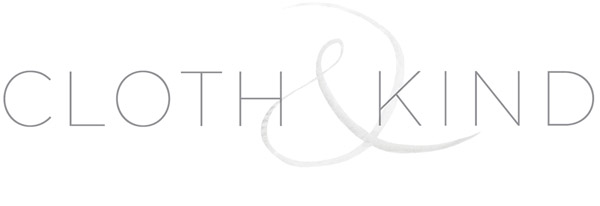ABOVE | Fabric Detail | Bedroom
ABOUT KUBA CLOTH Using the leaf of the raffia tree, the Kuba people of the Congo first hand cut, and then weave the strips of leaf to make pieces of fabric, often called raffia cloth. There are several different sub groups of the Kuba people and each group has different and unique ways to make the fabric - contributing to the wide variety of styles you'll find of this fabric. Some make it thicker, longer, shorter, or with different patches and/or colors. Each patch is symbolic and many times a piece has multiple meanings. When Kuba cloth originated it is thought that there were probably no patches used, but because the cloth is brittle it and tears easily, it's likely that the patches were used to repair the frequent tears. Later each patch developed a meaning and different patterns were uniquely arranged to tell a story. I love this... how the function ultimately became the form.
The process of making Kuba cloth is extremely time-consuming and may take several days to complete a simple piece. Both men and women contribute in equally important ways to the production of this fabric. First, the men first gather the leaves of the raffia tree and dye it using mud, indigo, or substances from the camwood tree. They then rub the raffia fibers in their hands to soften it and make it easier for weaving. After they've completed the base cloth the women set about embroidering it. They do this by pulling a few threads of the raffia fibers, inserting them into a needle running the needle through the cloth until the fibers show up on the opposite end. They use a knife and cut off the tops of the fibers, leaving only a little bit showing. Doing this hundreds and hundreds of times leads to the formation of a design. Kuba Cloth designs are seldom planned out ahead of time, and most of the embroidery is done by memory. In my opinion, this is part of what makes each imperfect piece so lovely and, clearly, so unique.














